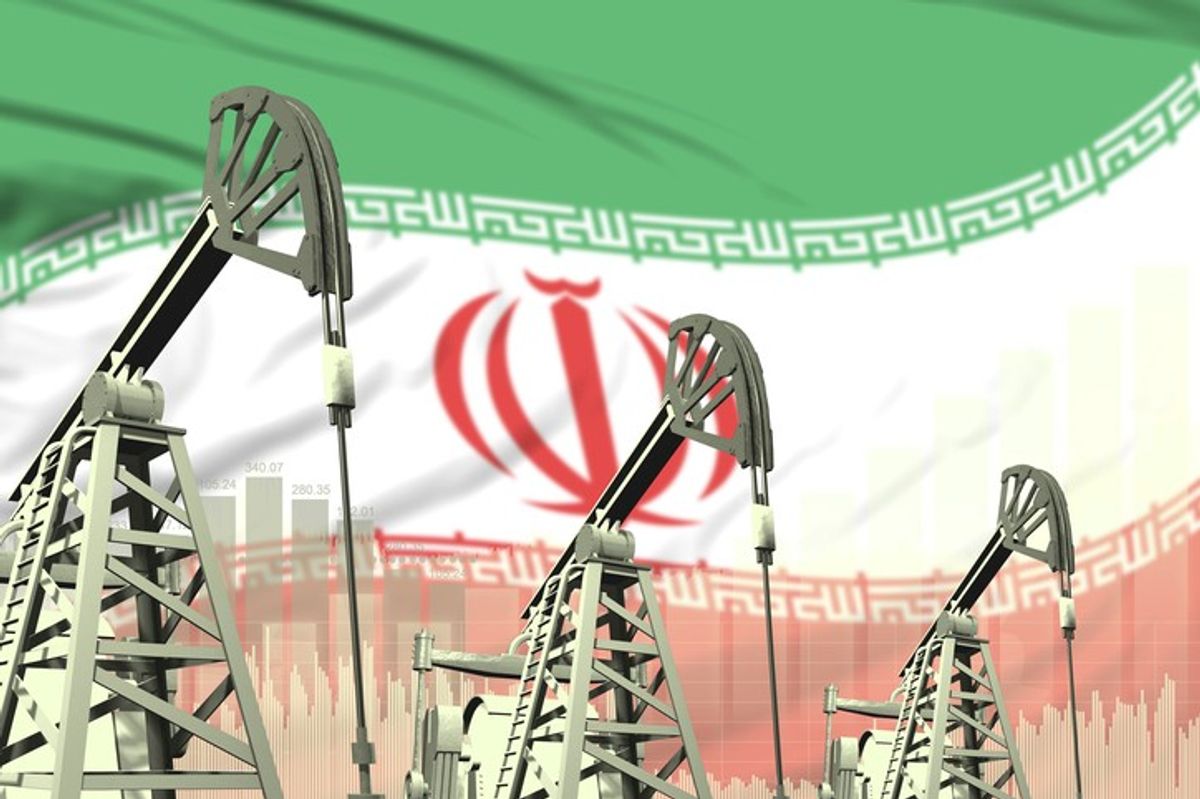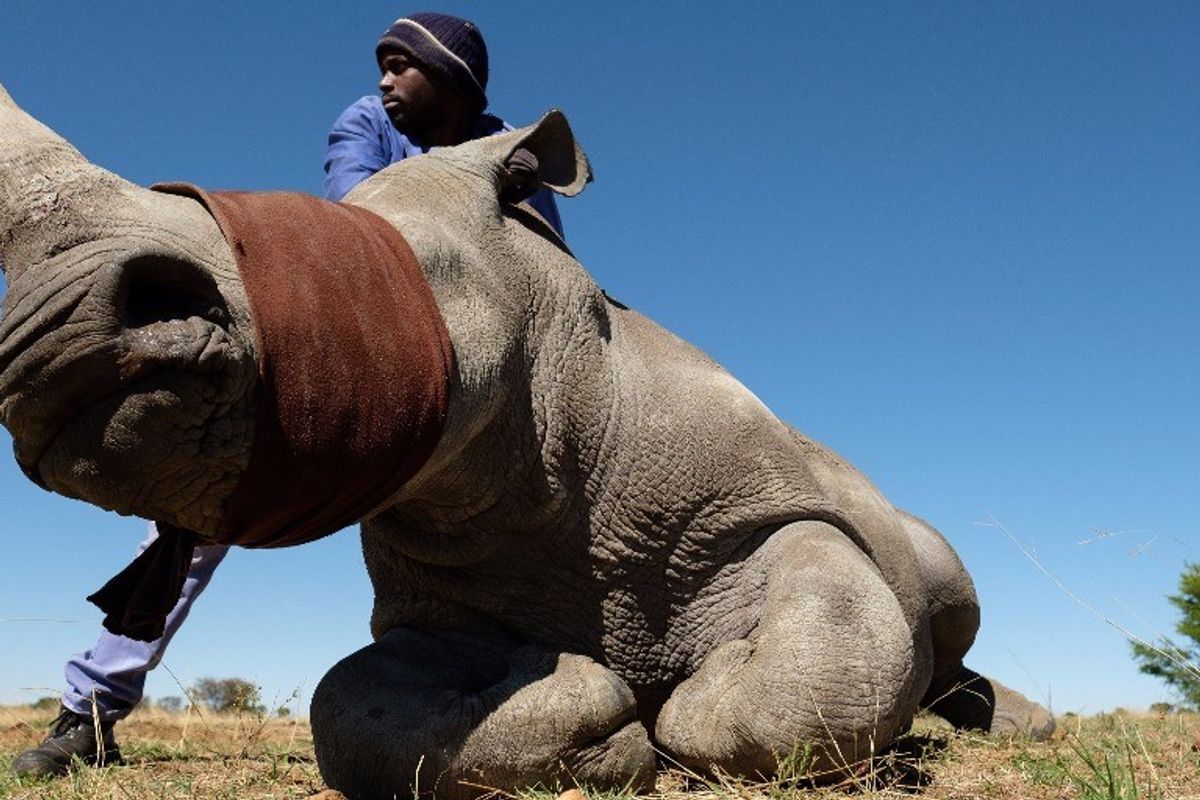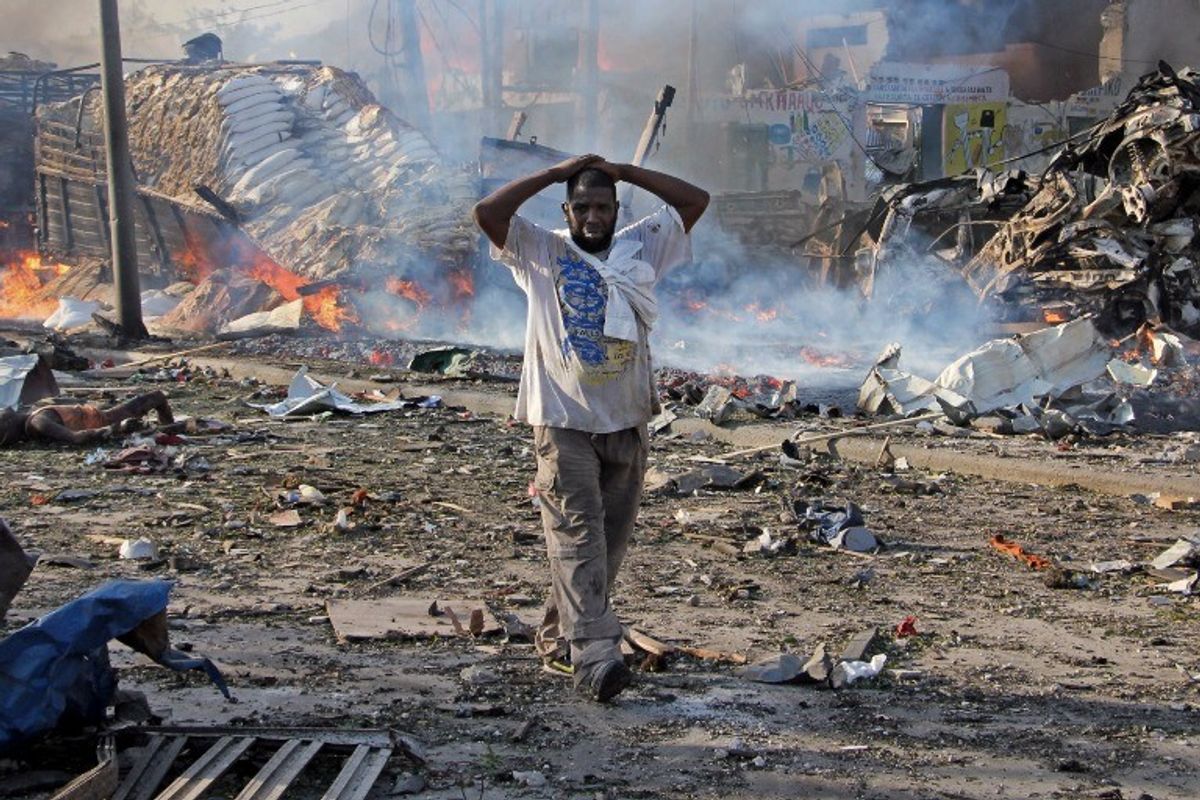Historically, Sub-Saharan Africa has been most known for poverty, hunger, corruption, and violence. Alongside this message, the image of a rising, or aspiring, Africa has recently emerged, as many Sub-Saharan African countries are becoming known for their vast resources and growing business opportunities.
How did this continent, once known primarily for poverty and epidemics, become one of the fastest growing regions in the world? Rwanda, South Africa, and Somalia—three countries that were highly publicized in the 90s—have followed drastically different paths over the last few decades. Each country, however, highlights the pull between budding opportunities and persistent challenges in Sub-Saharan Africa.
In 1991, the overthrow of Somali President Mohamed Siad Barre’s military regime left the country in turmoil. The following year, President George H.W. Bush deployed U.S. troops to Somalia, just weeks before President Bill Clinton took office, to address the Somali Civil War. The U.S. forces were there to help the United Nations peacekeeping mission ensure stability and protect humanitarian aid. Among the numerous conflicts was the Battle of Mogadishu, the U.S. forces’ unsuccessful attempt to apprehend faction leader Mohamed Farrah Aidid in October 1993. News of the 19 dead U.S. soldiers from this battle resulted in demands back home to withdraw troops, which President Clinton did in March 1994. UN forces withdrew one year later because they did not believe they were making progress. Recently, there have been some improvements in Somalia: the terrorist group al-Shabaab has lost territory, the economy is revitalizing, and in 2012, Somalia held its first presidential election in 45 years. However, the Civil War is still ongoing and Somalia is considered a failed state, with al-Shabaab terrorizing the country and hundreds of thousands having died—challenges that Somalia is struggling to overcome.
In addition to ending the Somalia campaign, the Mogadishu disaster led the U.S. government to avoid further involvement in Sub-Saharan Africa, such as in Rwanda. The Rwandan genocide erupted in April 1994, and over the next three months, until the Rwandan Patriotic Front took over in July, approximately 800 thousand people were slaughtered and two million Hutus were displaced. The U.S. did nothing until July, when President Clinton sent 200 non-combatant troops to Kigali, the Rwandan capital, to manage the airport and distribute relief supplies. Clinton has called his inaction the worst foreign-policy mistake of his Administration. Rwanda is still overcoming political challenges; the Rwandan legislature just voted to scrap the two-term limit to allow President Paul Kagame—who has been accused of human rights abuses and oppressing free speech—to run for a third term in 2017. But the land-locked country is known for a stable and growing economy, ease of doing business, and according to the Rand Merchant Bank 2014/2015 report, is the most attractive investment destination in East Africa, even beating out Kenya.
Nelson Mandela’s release from prison in 1990—broadcast live around the world—set off years of reform in South Africa. The existing apartheid regime faced strong opposition, both domestically and globally, that was reinvigorated with Mandela’s release. Politicians across the globe denounced apartheid, but condemnation did not do much to stop the gross violations of human rights and deteriorating economy. Mandela, as leader of the opposition African National Congress, began negotiations with President F.W. de Klerk, resulting in apartheid officially coming to an end in 1994 with the implementation of a new constitution and an election that led to a collation government with a nonwhite majority. Today, South Africa is the top destination for businesses expanding to Africa and maintains a stable economy supported by its strong bilateral relationships. However, violent crime, government corruption, and racial tensions remain high, while the economy faces a downturn.
These three countries demonstrate the optimism and opportunities for further regional development. All three are arguably facing better situations than they were two decades ago. That being said, they also show the significant challenges that must be overcome to best take advantage of these opportunities, whether it be Islamist terrorism in Somalia, ongoing corruption in South Africa, or the threats to the nascent democracy in Rwanda.
Alana Garellek is an International Producer with The Cipher Brief.









